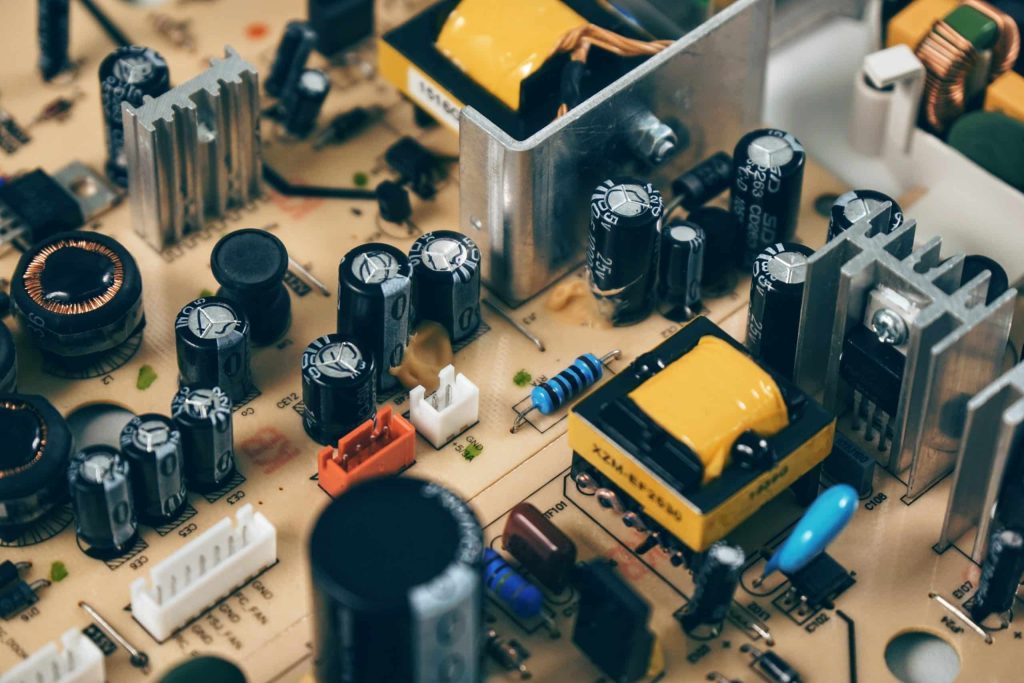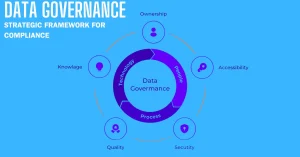In a world where technological advancement is rapid and consumers crave the latest gadgets, the electronic waste (e-waste) problem has reached staggering proportions. According to the Global E-waste Monitor 2020, approximately 53.6 million metric tons of electronic waste were generated worldwide in 2019, and this number is expected to grow by 21% by 2030 if nothing changes.
This alarming situation has sparked a renewed interest in reconditioned electronics, also known as refurbished electronics. In this blog post, we will explore the trends shaping the future of reconditioned electronics and why they are becoming an increasingly important part of the technology landscape.
Sustainability Takes Center Stage
Sustainability has become a buzzword in recent years, and for good reason. Consumers are looking for ways to reduce their carbon footprint as they become more environmentally conscious. Reconditioned electronics offer a sustainable alternative to buying brand-new devices.
These products are recycled, reducing the need for new materials and minimizing the energy required for manufacturing. Furthermore, by extending the lifespan of electronics, reconditioning helps divert e-waste from landfills, making it a crucial part of the circular economy.
The importance of sustainability in the electronics industry cannot be overstated. As climate change and resource depletion become increasingly pressing issues, consumers are becoming more aware of the environmental impact of their choices. Reconditioned electronics are a powerful tool in the fight against e-waste and climate change, as they reduce the demand for new raw materials, lower energy consumption, and decrease the need for disposal solutions for obsolete devices.
High-Quality Standards
One of the misconceptions about refurbished electronics is that they need to be better quality than their brand-new counterparts. However, this perception is changing rapidly. Many reputable companies now adhere to stringent quality control standards when refurbishing electronics. These standards ensure that refurbished devices meet or even exceed the performance and reliability of new products. Some refurbished electronics come with warranties that are just as robust as those for new appliances, giving consumers peace of mind.
Cost Savings
One of the most significant advantages of reconditioned electronics is their cost savings. New gadgets often have a premium price tag, while refurbished devices can be significantly more affordable. This affordability allows a broader range of consumers to access the latest technology without breaking the bank. As economic uncertainties continue, cost-conscious consumers increasingly turn to refurbished electronics as a practical solution.
E-Waste Reduction Initiatives
Governments, environmental organizations, and tech companies recognize the importance of tackling the e-waste problem. Many are implementing initiatives to promote the recycling and refurbishing of electronics. Incentives, tax breaks, and legislation are being introduced to encourage consumers and businesses to choose reconditioned electronics over new ones. These efforts are not only helping to reduce e-waste but also creating job opportunities in the refurbishment and recycling sectors.
E-waste reduction initiatives are essential for addressing the global electronic waste crisis. Governments and organizations are diverting valuable materials from landfills and incineration by incentivizing the refurbishment and recycling of electronics. This conserves resources and reduces the environmental impact associated with mining and manufacturing raw materials for new devices.
Improved Consumer Awareness
As consumers become more informed about the environmental impact of their choices, they are increasingly seeking out eco-friendly alternatives. The rise of the Internet and social media has provided a platform for advocacy and information-sharing on sustainability issues. This has led to a growing awareness of the benefits of refurbished electronics. Consumers are now more likely to consider the environmental implications of their purchases, driving the demand for reconditioned products.
They are choosing to support companies and initiatives that prioritize environmental responsibility, and this shift in consumer behavior is encouraging manufacturers and retailers to expand their refurbished product offerings.
Technological Advancements
Advancements in technology are also playing a significant role in the rise of refurbished electronics. As electronics become more sophisticated and durable, they have a longer lifespan. Additionally, improved diagnostic tools and testing methods allow refurbishers to identify and address issues precisely. This means that older devices can be brought back to life and perform just as well as newer models, further boosting the appeal of refurbished electronics.
As devices become more reliable and feature-rich, they remain valid for extended periods, reducing the frequency of upgrades. Additionally, advancements in repairability and component availability make it easier to extend the life of electronic devices, contributing to the sustainability of the industry as a whole.
Diverse Product Offerings
Initially, refurbished electronics were primarily limited to smartphones and laptops. However, as the refurbishing industry grows, the range of products available is expanding rapidly. Now, you can find refurbished gaming consoles, cameras, smartwatches, and even kitchen appliances. This diversification of offerings means consumers can make more sustainable choices across a broader spectrum of their technological needs.
Consumers want to reduce waste and minimize their environmental footprint with their smartphones, computers, and other electronics they use daily. This trend pushes refurbishers to expand their product lines, providing eco-conscious consumers a broader array of choices.
Retailer and Manufacturer Involvement
Major retailers and manufacturers are recognizing the potential of refurbished electronics. Some are launching their refurbishment programs, offering certified refurbished products directly to consumers. This move helps reduce e-waste and allows these companies to tap into the growing demand for sustainable technology options.
Furthermore, the commitment of well-known brands to refurbishing and recycling programs sets a positive example for the industry as a whole.
Growing Consumer Trust
Online marketplaces and reviews provide a platform for consumers to share their experiences, helping to dispel the myths around refurbished products. As trust grows, more consumers are willing to switch to reconditioned electronics.
Consumer trust in refurbished electronics is essential for the continued growth of this market. Positive reviews, word-of-mouth recommendations, and high customer satisfaction build trust. As consumers realize that refurbished electronics offer reliable and cost-effective alternatives to new devices, they are more likely to make sustainable choices.
Extended Product Lifecycles
The concept of planned obsolescence, where manufacturers design products with a limited lifespan, has been scrutinized. Many consumers are tired of being forced to upgrade their devices frequently. With their extended product lifecycles, refurbished electronics offer an alternative to this disposable culture. This trend is not only sustainable but also economically attractive for consumers.
The extension of product lifecycles is a fundamental shift in consumer behavior. Instead of viewing electronics as disposable items, consumers recognize the value of keeping devices in use for as long as possible. This shift aligns with the principles of sustainability and resource conservation and the desire to get the most value out of one’s purchases.
Conclusion
The future of reconditioned electronics is bright and promising. The growing awareness of sustainability, improved product quality, and the involvement of major players in the tech industry are all contributing to the rise of refurbished electronics. As consumers become more conscious of their environmental footprint and seek affordable alternatives, the market for refurbished electronics is set to continue its upward trajectory. By choosing refurbished products, consumers can positively impact the environment while still enjoying cutting-edge technology at a fraction of the cost. The future, indeed, is renovated, and it’s a future that’s better for our planet and our wallets.





